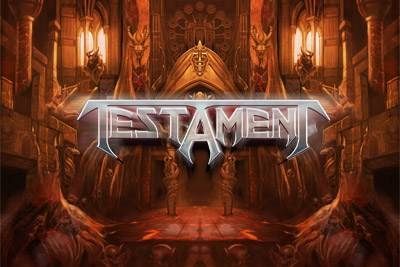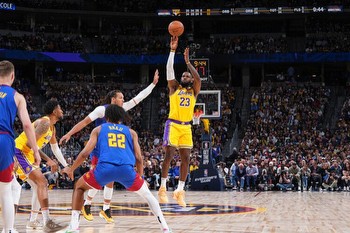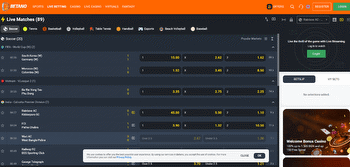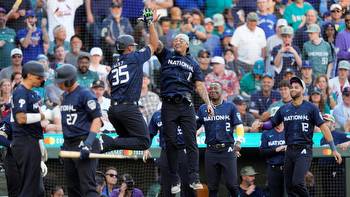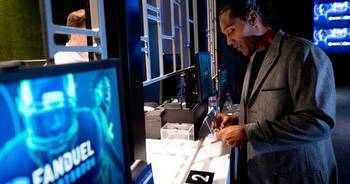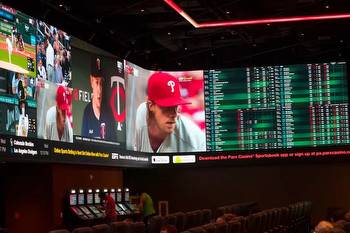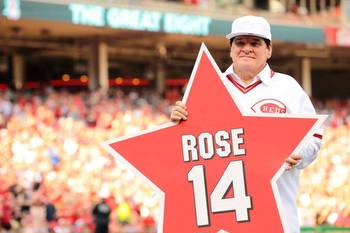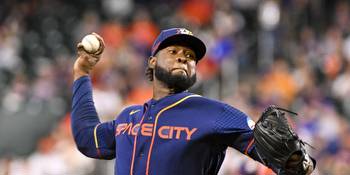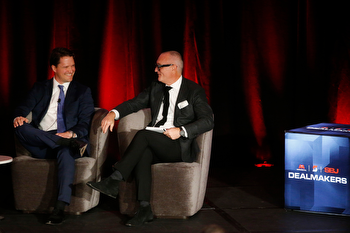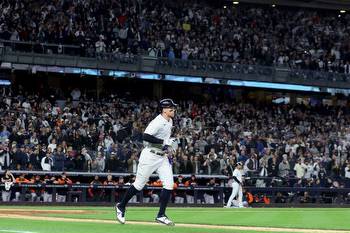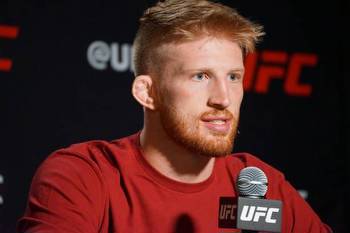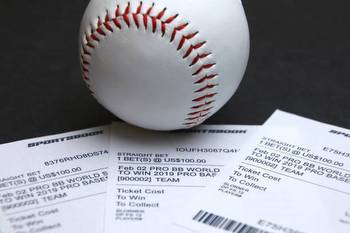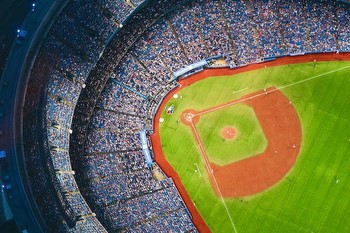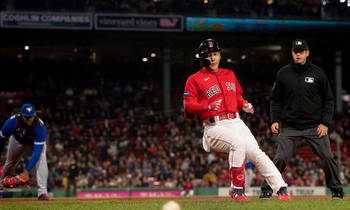Quick-hitter bets, explained: Why they are so popular
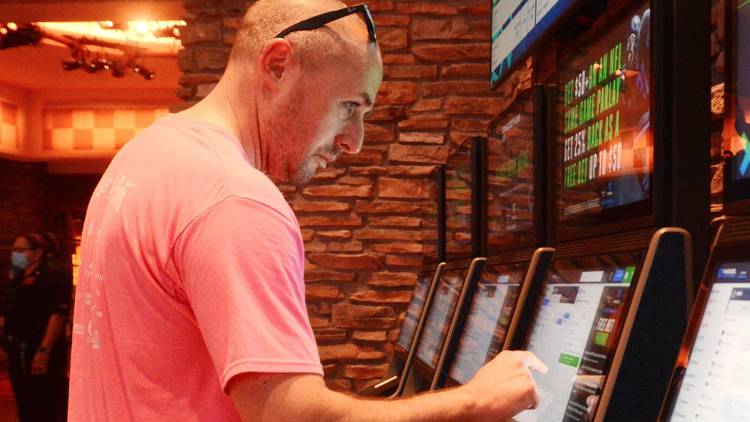
Six outs is all they're looking for.
Sometimes, the sweating ends on the first pitch. Other times, it could be a stressful half-hour before they cash out.
Welcome to the world of NRFIs – No Run First Inning bets, that is, the wager that has gone from niche bet to one of the most popular in the entire industry.
“No Run First Inning (NRFI) has moved into the top five most-bet markets for MLB games," BetMGM said in a statement to USA TODAY Sports, "a place it was not in last year.”
For some bettors, taking a side in no runs in the first inning is a way to bet and have the outcome decided quickly, rather than waiting three hours and nine innings. This type of wager, referred to by some as "quick-hitter bets," found popularity at first anecdotally and on social media, but now in the mainstream as the amount of bets and dollars wagered increase each year and the proliferation of the "same-game parlay" spread.
Other examples of "quick-hitter" bets include: First basket-scorer for NBA games. First goal-scorer for NHL games. In the NFL, first touchdown-scorer. Even deeper in basketball, first basket-type (layup, dunk, three-pointer), or the quickest bet in baseball, the outcome of the first pitch (ball, strike, foul).
"People like the brief high," Alex Monahan, co-founder of sports betting content and data provider OddsJam, told USA TODAY Sports.
'People don't want to bet on moneylines'
Player props, in general, "have just blown up," said Monahan.
As bettors demonstrated their desire for more creative wagers, others – like first-basket scorer and first-basket type – also took off.
“That bet is often over in the first 10, 20 seconds of the game,” Monahan said of first-basket bets.
Baseball's version is a bit longer, but relative to the length of a nine-inning game (even with the pitch clock), it is over quickly.
“It's just one of those things where, maybe initially, I wouldn’t have put my finger on it as ‘this is going to be the most popular bet,’ but it kind of makes sense,” Monahan said. “It’s taken off. It’s fascinating, but people don’t want to bet only on money lines.”
There is a reason why betting on the UFC is popular relative to size of the industry, Monahan said. The fights are short. “People’s attention spans in general aren’t that long," Monahan said. "Nothing’s better than, for a lot of people, bets that are over in a minute. Which sounds weird, but it’s kind of like being buzzed rather than being drunk.”
Chasing low-risk, high-payout bets
The "quick-hitter" bets, Monahan said, present options that are low in risk while also carrying a potentially higher payout.
“What is very clear is that people like quick bets, people like prop bets, and people like low-risk, high-payout,” said Monahan, whose company tracks data from 200 sportsbooks worldwide to provide bettors with information about the best odds.
Throwing down $10 to win $5 is not as "sexy" as $10 to win $200.
“Throwing together these prop bets and then throwing in a couple NRFIs, people love it," Monahan said. "It’s crazy. It’s just kind of how sports betting is now in 2023.”
Is in-play betting the future?
The days of in-play wagering – otherwise known as "live betting" – becoming the predominant form of betting in the U.S. remain on the horizon.
Presently, 70 percent of bets are placed pregame, while the rest are placed in-game, per the AGA. In more developed legal gambling markets such as the United Kingdom, the split is inverse, with pregame bets accounting for 30 percent of all wagers.
“Frankly, the leagues are looking for that," Sportradar's North American president and chief operating officer Andrew Bimson told USA TODAY Sports. "They’re trying to bring those eyeballs back to those games so they can re-engage with a new generation of fans that are certainly more particular than the older generation."
Long gone are the days where anyone can consume an entire professional contest, even as leagues cater to the fan sitting at home rather than in the stadium or arena.
"(Fans) move on and are distracted by what’s around them or what’s in their hand," Bimson said. "So the leagues are really encouraged by what in-play betting can drive in terms of re-engaging with those particular fans.”
